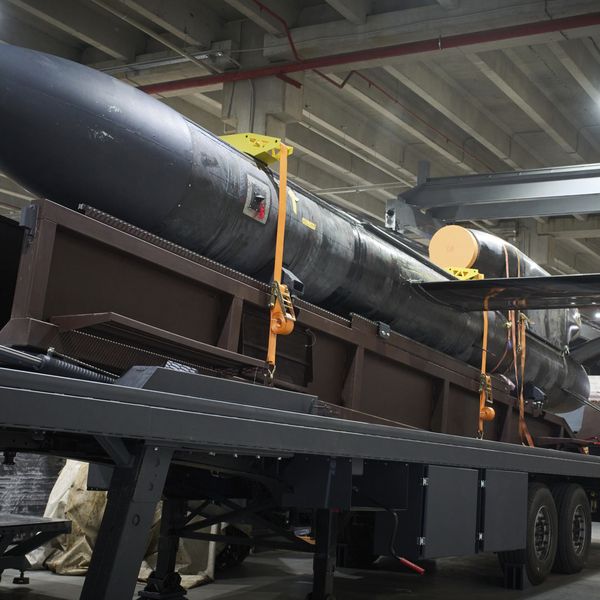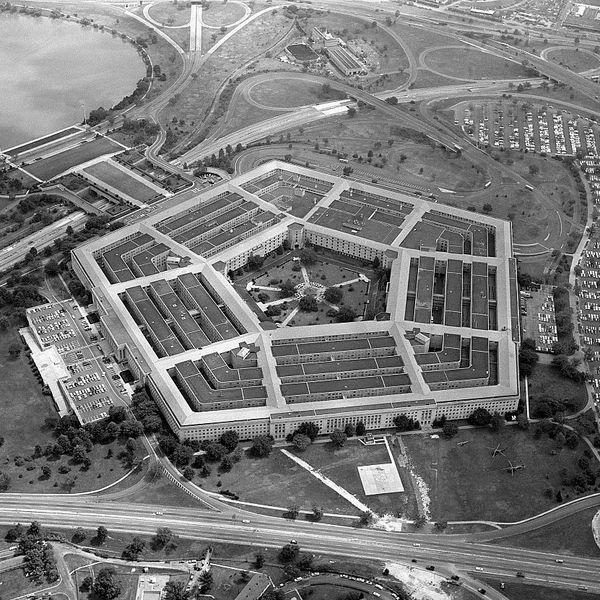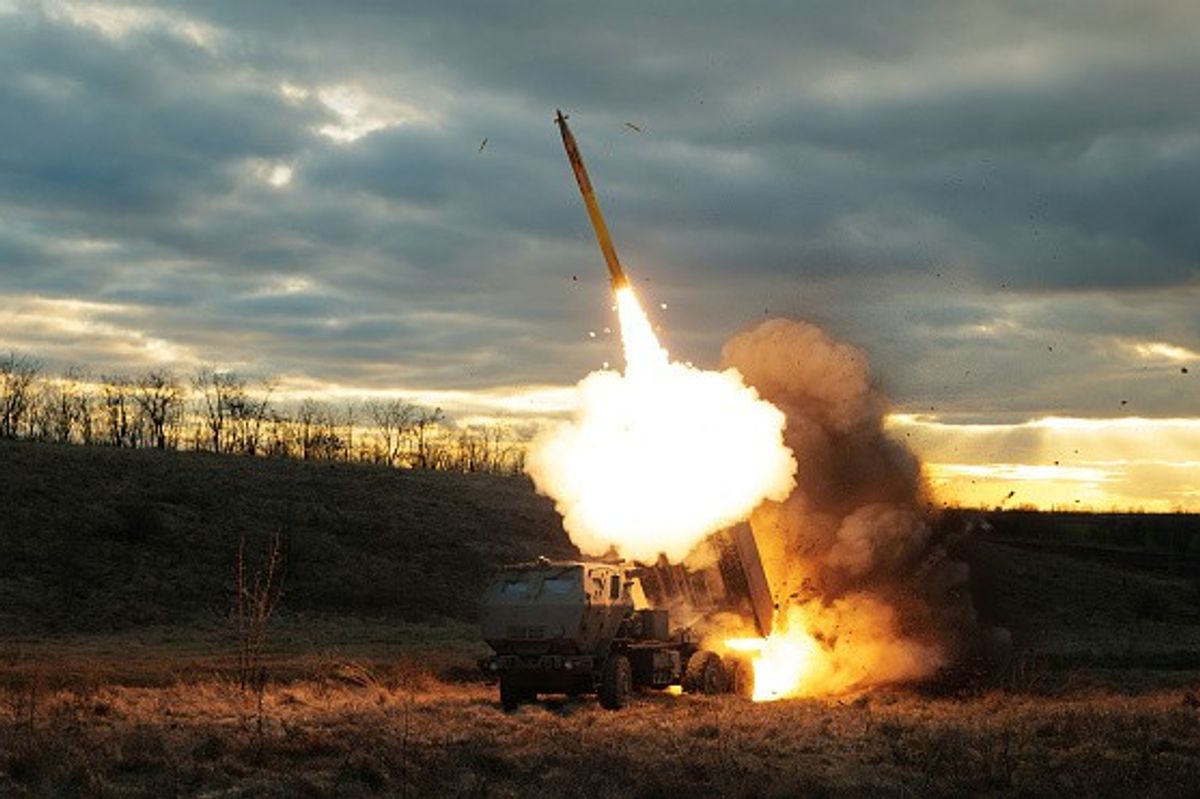OPINION - “The Army is moving quickly to adapt, field new capabilities, and restructure its formations to outpace our adversaries. ‘Transforming in Contact’ (TiC) delivers results in cycles as short as 12 to 18 months, ensuring that forces are always evolving. In the last nine months, TiC introduced eleven new capabilities to brigade combat teams…These units tested mobile and light brigade designs across multiple combat training center rotations, refining tactics, techniques, and procedures, and employing next-generation technologies to shape future Army formations.”
That was Gen. James J. Mingus, Army Vice Chief of Staff, testifying before the House Armed Services Subcommittee on Readiness last Tuesday, about the ongoing modernization in the Army, much of which began during the Biden administration, with other measures proposed since President Trump returned to office.
Mingus spent most of his testimony describing change that is already underway. In recent weeks, Defense Secretary Pete Hegseth has proposed some major proposals of his own – and I will discuss those below.
“The Army,” Mingus said in his prepared statement, “is making deliberate choices now to ensure that when conflict emerges, soldiers have the weapons, training, and support they need to win. Hypersonic missiles, unmanned systems, and advanced air defense are being fielded on schedule. Formations are being reorganized to fight smarter and sustain longer.”
As for specific new capabilities, Mingus highlighted “counter-UAS [unmanned aircraft systems, i.e. drones] and Detect and Defeat systems,” and TiC divisions already being outfitted with “specialized C-sUAS [counter small UAS] equipment to detect, jam, and neutralize aerial threats from fixed sites and mobile platforms.” Some of these new devices are handheld; others are fixed.
Common methods for detecting sUAS include radars, radio frequency (RF) scanners, and electro-optical or infrared cameras. To defeat small enemy drones, the Army’s new counter weapons jam the enemy’s drone’s radio frequency controls, video links or satellite navigation signals. Some U.S. counter-drone systems are armed with lasers, projectiles or an intercepting UAS, according to Army websites.
Mingus told the House subcommittee, “In the Middle East, the Army is also integrating directed energy into its layered defense design, through High Energy Laser prototypes” One of those is the Maneuver Short-Range Air Defense (M-SHORAD) system. M-SHORADs are being mounted on Strykers, the Army’s eight-wheeled armored fighting vehicles.
The core of the M-SHORAD system, according to Army websites, is a high-power laser, specifically a 50-kilowatt spectral beam combined laser in the prototypes, which can be used to engage and destroy various air threats.
“Combat Training Centers have incorporated UAS, counter-UAS, and electronic warfare into large-scale exercises, exposing units to realistic battlefield scenarios,” Mingus said, adding that “Joint C-sUAS University at Fort Sill, Oklahoma, is providing advanced instruction tailored to emerging threats.” The curriculum includes theory and exercises that deal with understanding and application of the sequences – the detection, identification, tracking and destruction of C-sUAS.
The intersection of technology, defense, space and intelligence is critical to future U.S. national security. Join The Cipher Brief on June 5th and 6th in Austin, Texas for the NatSecEDGE conference. Find out how to get an invitation to this invite-only event at natsecedge.com
The Hegseth view
When Defense Secretary Hegseth released his April 30, memo, “Army Transformation and Acquisition Reform,” that called for service changes and additional resources, many of the latter were among those Mingus said were already underway. For example, Hegseth mentioned the need to “field long-range missiles capable of striking moving land and maritime targets by 2027…Achieve electromagnetic and air-littoral dominance by 2027…[and] Improve Counter-UAS mobility and affordability, integrating capabilities into maneuver platoons by 2026 and maneuver companies by 2027.” Mingus noted that all of these were in motion.
On the subject of Hegseth and his early impact on the Army and other military services, two of his recent actions are worth mentioning.
On April 29, in a tweet and verbally at the White House Easter Egg hunt, Hegseth announced he was cancelling Defense Department participation in actions generated by the Women, Peace and Security (WPS) Act of 2017, claiming it was “yet another woke divisive/social justice/Biden initiative that overburdens our commanders and troops — distracting from our core task: WAR-FIGHTING. WPS is a UNITED NATIONS program pushed by feminists and left-wing activists. Politicians fawn over it; troops HATE it.”
In fact, the intent of WPS was to increase women’s participation in preventing and resolving conflict, countering violent extremism and building post-conflict stability. It was passed by Congress and signed in 2020 by then-President Trump, and co-sponsored originally by then-Congresswoman, now Homeland Security Secretary Kristi Noem.
Hegseth, in a second tweet, argued that in a 2024 update to WPS, “the woke & weak Biden Administration distorted & weaponized the straight-forward & security-focused WPS initiative launched in 2017.” Hegseth added that he will fight to end WPS programs at the Pentagon in the fiscal year 2026 budget.
New Joint Chiefs Chairman Air Force Gen. Dan Caine, at his confirmation hearing last month, was asked if he believed WPS was a diversity, equity, inclusion program. He replied, “I do not,” adding, “WPS helped us understand the full challenges that face us.” Gen. Caine went on to explain that he believed women on the battlefield were a help, and not a problem.
Another announced Hegseth plan worth watching came on May 5, when he announced “General/Flag Officer Reductions” in a memo to Senior Pentagon Leadership.
Hegseth called it a step to remove “redundant force structure, to optimize and streamline leadership by reducing excess general and flag officer positions.” Hegseth proposed a minimum 20% reduction of four-star positions across the active military; a minimum 20% reduction of general officers in the National Guard; and an additional minimum 10% reduction in general and flag officers with the still being planned new Unified Command Plan.
Hegseth has not yet put forward a specific plan on how the services will carry out these reductions. Currently there are 38 four-star officers on active duty and one — an Air National Guard general — in the reserves. There are also 150 three-star officers, 263 two-stars and 366 one-star officers.
Since taking office, Hegseth has fired three four-stars – the African-American chairman of the Joint Chiefs of Staff, the female chief of Naval operations and the female commandant of the Coast Guard. Ostensibly these were measures meant to to root out diversity, equity and inclusion from the military.
At last Tuesday’s House subcommittee hearing, asked about the flag officer reductions, Army Gen. Mingus said, “We began a general reduction inside the Army several months ago, before this was ever announced. In terms of the [Hegseth] announcement…I think it's probably a little too early to tell in terms of what the overall impacts are going to be.”
Air Force Lt. Gen. Adrian L. Spain, Deputy Chief of Staff for Operations, said, “It’s too soon to say what the exact impact to the Air Force specifically will be with the reductions, but we look forward to seeing the exact language following the announcement.”
One last observation about Hegseth’s announcement. Along with the May 5 memo, he also released a two-minute video in which he said his title for the program was “Less Generals, more GIs.” He also explained, “This has not been a slash and burn exercise – nothing could be further from the truth.” Reading from a black-bound folder, Hegseth explained how the reductions would be done in two phases. In closing, he said, “It’s going be done carefully. But it’s going to be done expeditiously.”
Hegseth then put down the black-bound folder, picked up a Sharpie pen and appeared to sign the document in the folder. It reminded me of how President Trump handles his signing of Executive Orders; the only thing missing was that Hegseth didn’t then hold the black folder up to be photographed, as Trump often does.
The Cipher Brief is committed to publishing a range of perspectives on national security issues submitted by deeply experienced national security professionals. Opinions expressed are those of the author and do not represent the views or opinions of The Cipher Brief.
Have a perspective to share based on your experience in the national security field? Send it to Editor@thecipherbrief.com for publication consideration.
Read more expert-driven national security insights, perspective and analysis in The Cipher Brief










